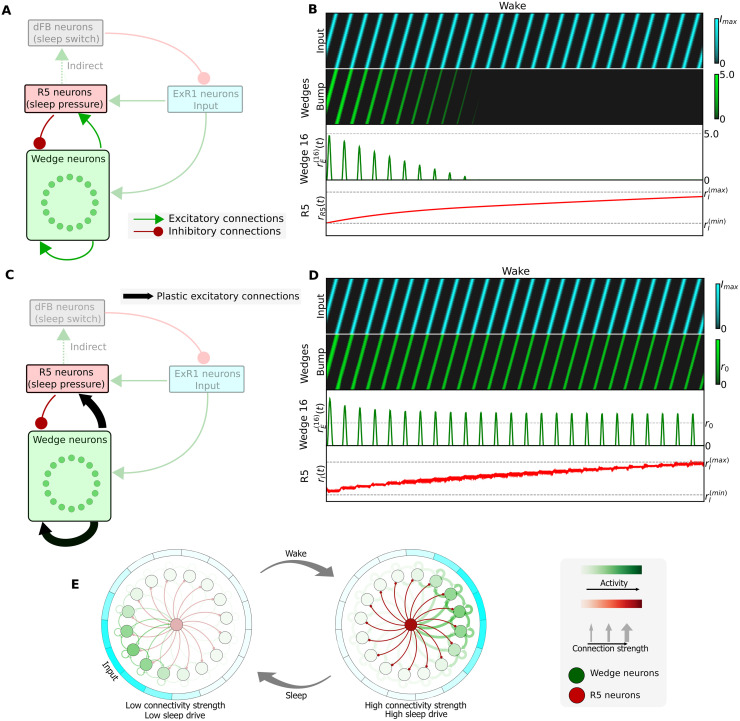Fig 2. Integration of the sleep homeostasis circuit with a ring attractor network.
A: Schematic of a model where wedge neurons are connected to the sleep homeostasis circuit according to the fly connectome (see S1 Fig). In this model, fixed connections are assumed. B: Simulation of the model in A (dFB neurons not shown). Top row: rotating input to the ring attractor with frequency 0.5 Hz. Second row: bump of activity in wedge neurons encoding head direction. Third row: activity of the wedge neuron 16 (representative of any other wedge neuron). Fourth row: increasing activity of R5 neurons. C: Model with plastic connections indicated by black arrows. D: Simulation of the model in C (see caption in B). E: Dynamics of the model with plasticity: after a wake phase, high connectivity strength in the ring attractor leads to high sleep drive in R5 neurons, which leads to a switch to the sleep phase. After sleep, connectivity strength in the ring attractor is reset, producing low sleep drive.

